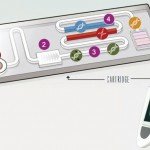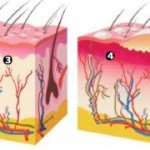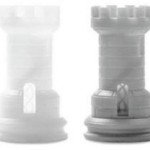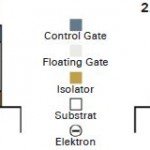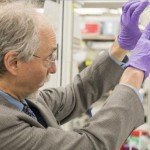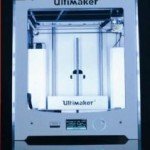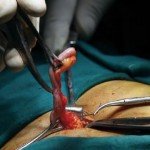Cancer modelled in 3D for first time
It may look like a bunch of colourful pom-poms to the untrained eye, but this 3D computer model of a tumour may help researchers to develop more effective treatments for cancer.
The model was developed by an international team of scientists working at Harvard, Edinburgh and Johns Hopkins universities, and is the first that accurately portrays a tumour’s 3D structure as well as its genetic evolution, with each different colour in the model representing a different mutation.
Cancer develops when the genes in a cell mutate and begin multiplying uncontrollably. If a mutated cell multiplies enough times, it can create a large clump of abnormal cells – a tumour.
All cells accumulate mutations as they divide. Most are known as ‘passenger’ mutations and have little effect. In cancer cells, however, around 5 per cent of mutations allow cells to divide faster or live longer. These are known as ‘driver’ mutations. The model visualises how tumours grow over time and provides a key insight into the cells’ ability to migrate away from the tumour and ultimately move to other places in the body in a process known as metastasis.
“Cellular mobility makes cancers grow fast, and it makes cancers homogenous in the sense that cancer cells share a common set of mutations,” said Harvard’s Martin Nowak, who led the research. “I further believe that the ability to form metastases, which is what actually kills patients, is a consequence of selection for local migration.”
Driver mutations also play a role in drug resistance. If a small number of cells are resistant to a therapy, they can quickly replicate, causing a relapse of the cancer even if nearly all of the other cancerous cells are wiped out.
“Our approach does not provide a miraculous cure for cancer,” said the University of Edinburgh’s Bartek Waclaw, who was also involved in creating the new 3D model. “However, it suggests possible ways of improving cancer therapy. One of them could be targeting local cellular migration and not just growth, as standard therapies do.” (Source : BBC Focus Science & Technology)



